
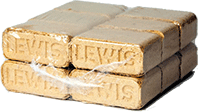
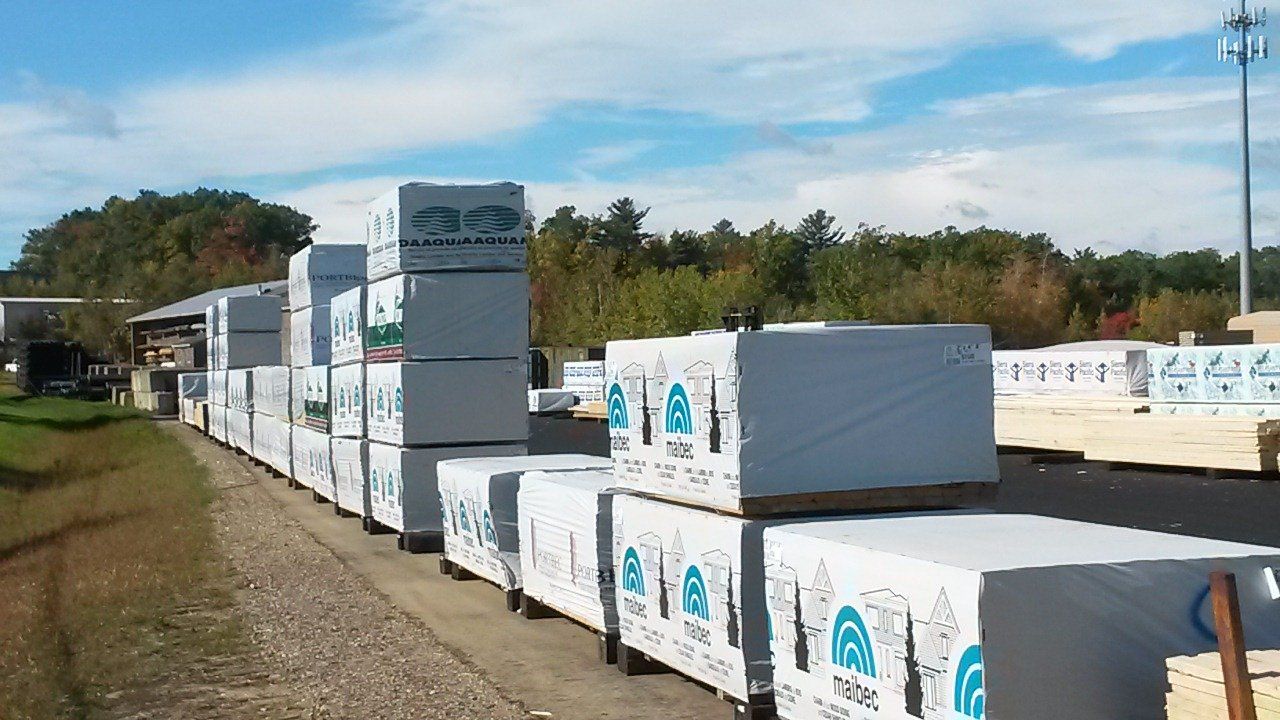
The lumber market nationwide continues to experience unprecedented price spikes and supply shortages
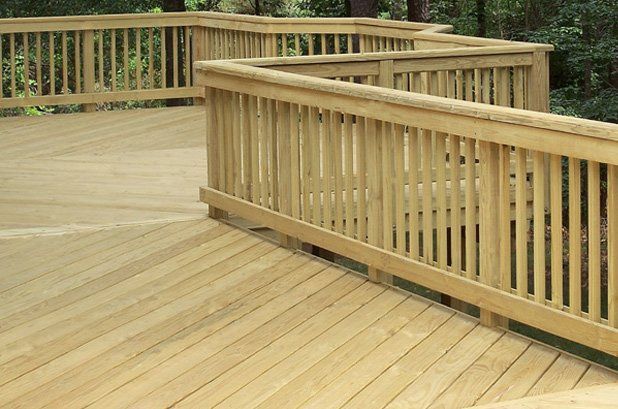
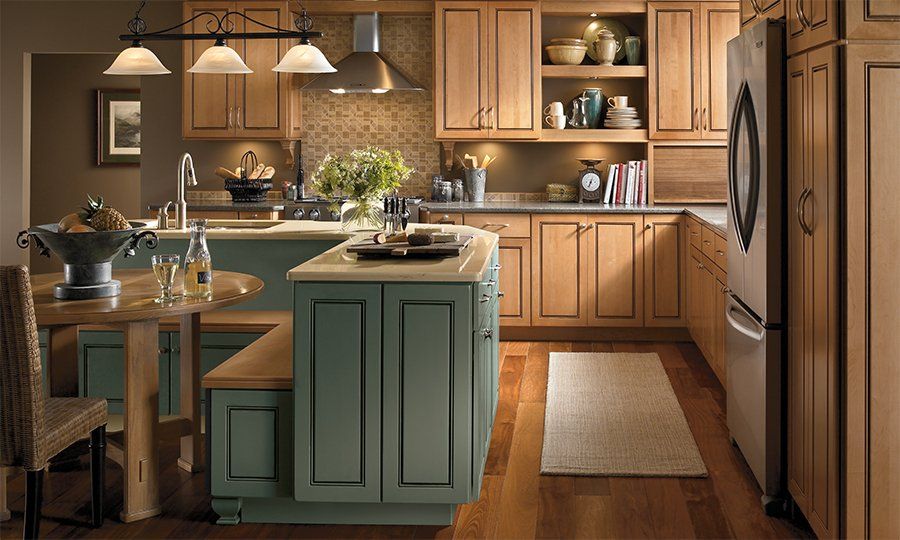
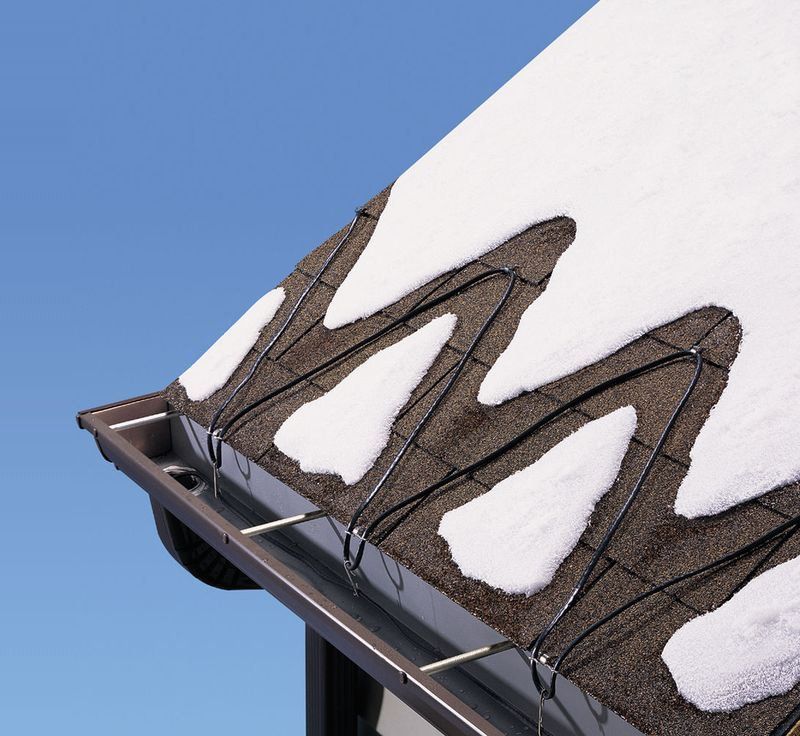
A
deck may not be the first thing people see when they pull up to your house, but
it is important to both the aesthetic of the home and for your personal
comfort. So, when you're choosing what material to build your deck with, our
millwork specialist and supervisor Mark Dionne says there are basically two
schools of thought: pricing and maintenance.
"It's always the battle between price and low maintenance," said Dionne. "Most homeowners are saying 'I want low or no maintenance.' But you're also coming in on a budget. Most people make decisions based on how long they're staying at their house or property."
For most long-term homeowners and the elderly, low maintenance is the diamond in the rough. For someone who is looking for a more economical solution, like most renters, or even someone who likes the authenticity of the product, wood is usually the way to go.
Within each of these options, Dionne says that material-wise, there are always a 'good, better, and best' option. Let's explore these materials and find out what tiers these products entail and why they would fit your needs.
Let's
start with wood. Wood provides an authentic look with real earth material and
is the more economical option. It is, however, prone to all sorts of changes,
discoloration, cracks, and stains if the deck hasn't been finished. "More
importantly," Dionne said, "You're also going to want to make sure the wood is
finished on all four sides. Refinishing a deck can be tricky if you can't
easily access your deck from underneath."
If you decide to go with wood, here are your options:
Good: The most cost-effective option is pressure-treated wood. It's not glamorous and it may be sometimes splinter-prone if not maintained properly, but it does give you the freedom to paint and stain the wood any color you'd like. It’s nice for a simple, cost-effective way to sit outside with your family on a warm summer night.
Better: Cedar is the next best option. This soft wood has a natural resistance to rot and insects, making it a strong option while still retaining a classier look. Cedar, however, also tends to splinter if not pre-finished, which could be challenging if you don’t have easy access to the underside of the deck.
Best: Mahogany tops the list as the best option for wood-based decking material. The wood lasts for a long time, and is incredibly beautiful. However, in addition to the constant upkeep, it is also your most expensive option. Mahogany will resonate with lovers of authentic wood decking, but just be aware of the responsibilities of your investment.
For
those willing to invest a little more money in their decking project, the
investment will be worth it for the longevity of the project. Composite and PVC
can be advantageous not just because of the material, but because cosmetically
its adaptable for a deck.
"The nice thing is, since it is a composite, they can make longer lengths on the board," said Dionne. "So, you can get consistent deck boards up to 20 feet long. When you're installing your deck, you want the least number of seams as possible. With wood, you have to buy it by the random length. 6 footers, 8 footers. It's a little inconsistent."
When choosing composite or PVC, here are your options:Good: Still existing in the market is something called 'uncapped composite', or as Dionne referred to it as "first generation composite." The material requires far less maintenance than wood, and it can be cleaned more easily. However, Dionne said that the uncapped composite has a couple of flaws, mainly that the color of the composite would fade, and can be prone to easy stains.
"Let's say you were having a cookout and someone spilled salad dressing or wine," said Dionne. "It could seep into the deck board."
Best: Skipping over a ‘better’ option, there are two best options to consider here. First, there’s capped composite, which consists of the same composite core as the uncapped version, but includes a plastic shell over it. It also comes in all lengths up to 20 feet long, and typically has a 25-year stain and fade warranty. There are even some capped composites out there that take digital scans of mahogany wood and are wrapped in an extra protective coating. Capped composite decking is best suited for sunny, dry areas because it is susceptible to moisture damage. In direct sunlight, the colors fade slower and the boards are more rigid in comparison to PVC decking.
PVC is another preferred option for customers. The material is 100% recyclable, and provides the durability and longevity while cosmetically looking and feeling like actual wood. It’s for homeowners looking for authentic texture and a real feeling. While there’s little maintenance that goes into PVC decking, it does cost more than the previous options. Some other things to look out for are color fading and instability in direct sunlight. PVC decking is best suited in darker, damper areas for these reasons.
Regardless of personal preference, Dionne suggested that you should slow down and take the time to consider your price range and your future with your property before choosing to invest in a deck.
"When it comes to exterior finish, customers aren't in here picking up 2X4s," said Dionne. "They're in here picking their decking, their railing, their siding, their fencing, their patio stone. Those are very personal decisions. It's their home! "





